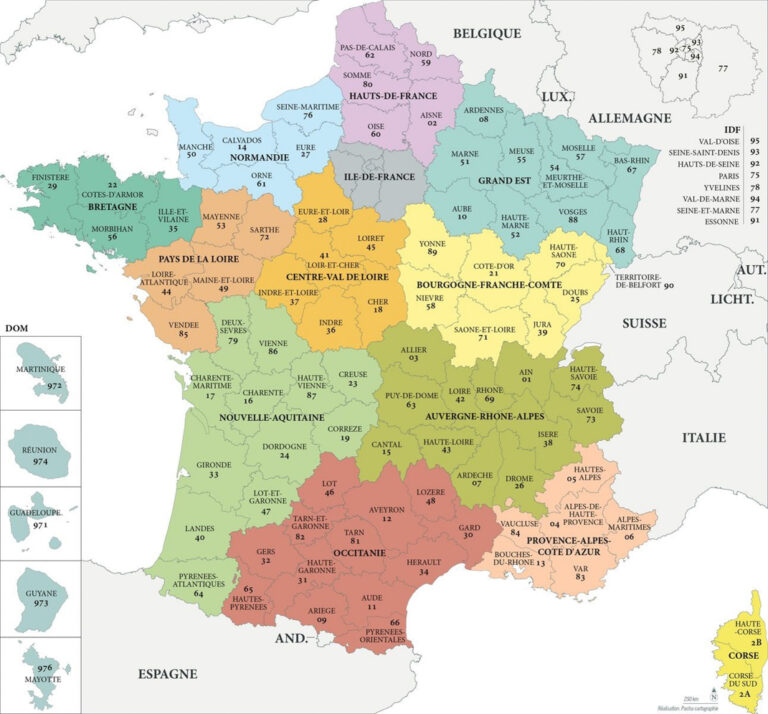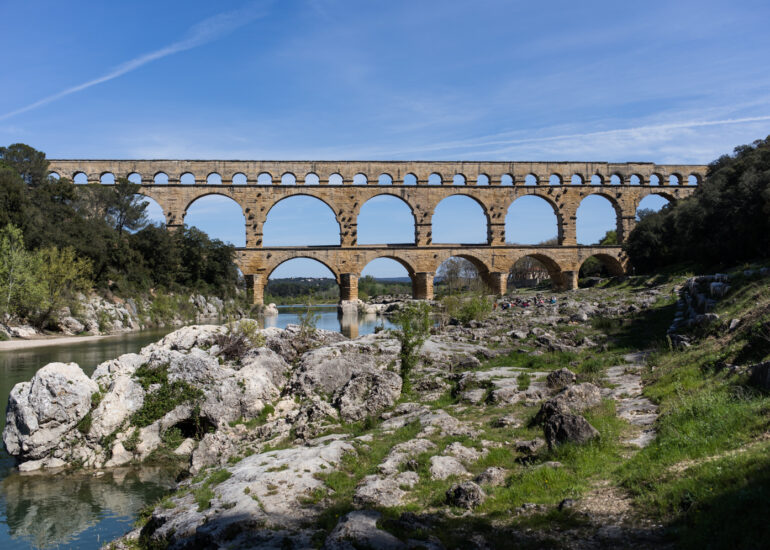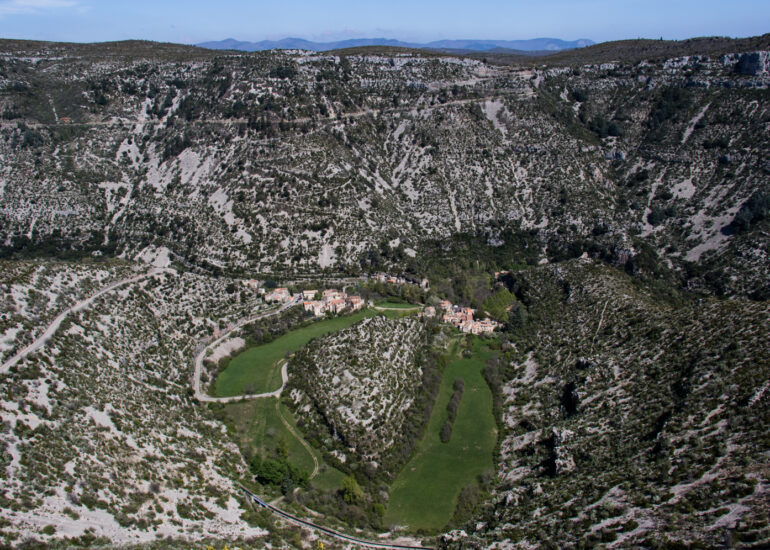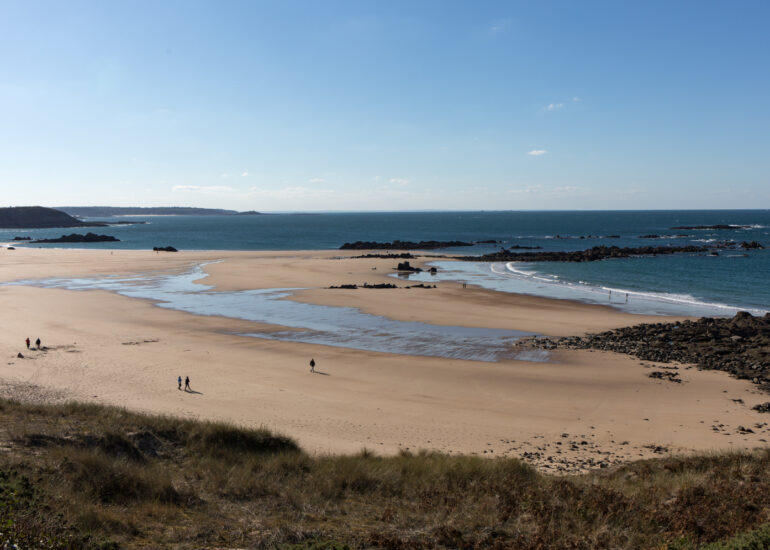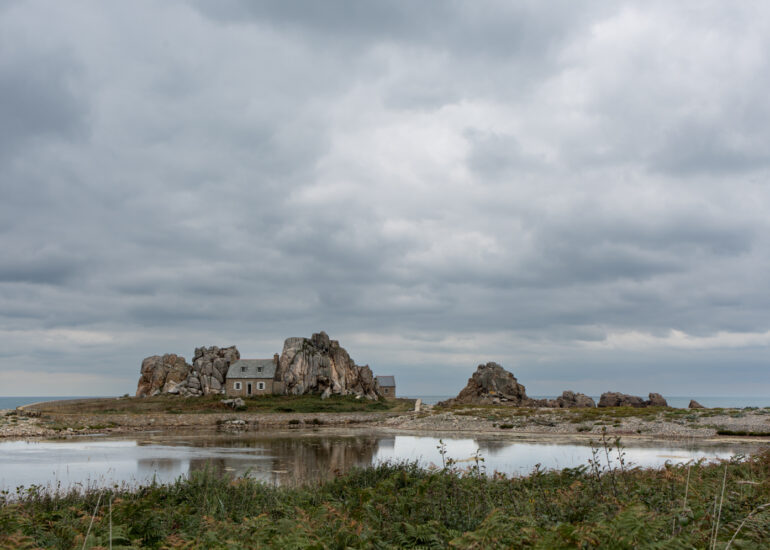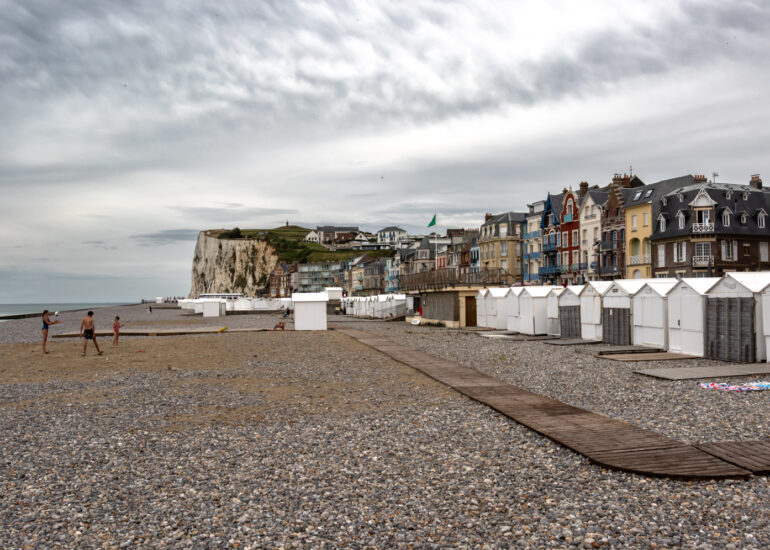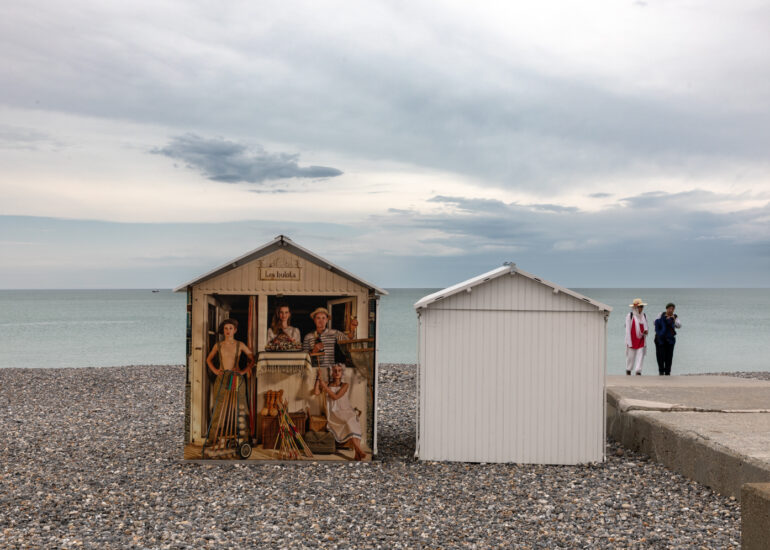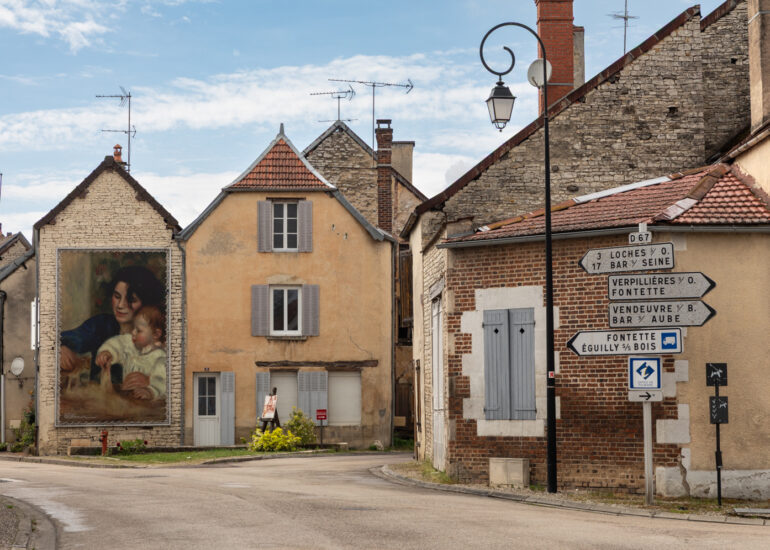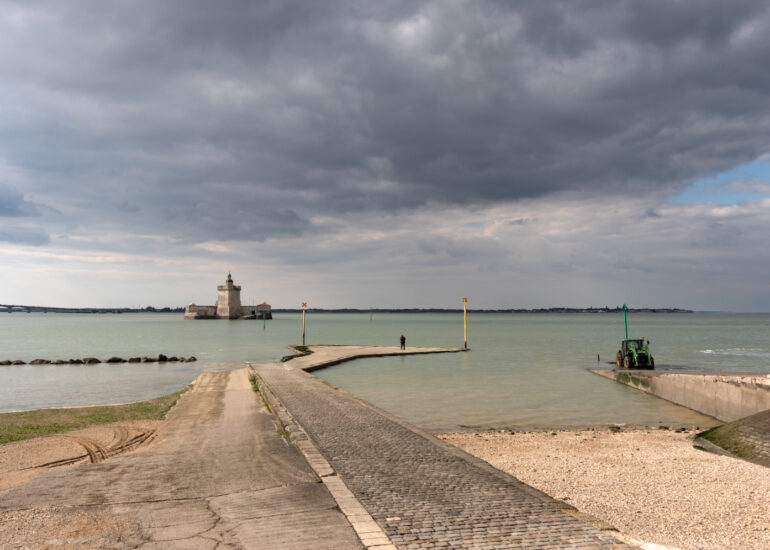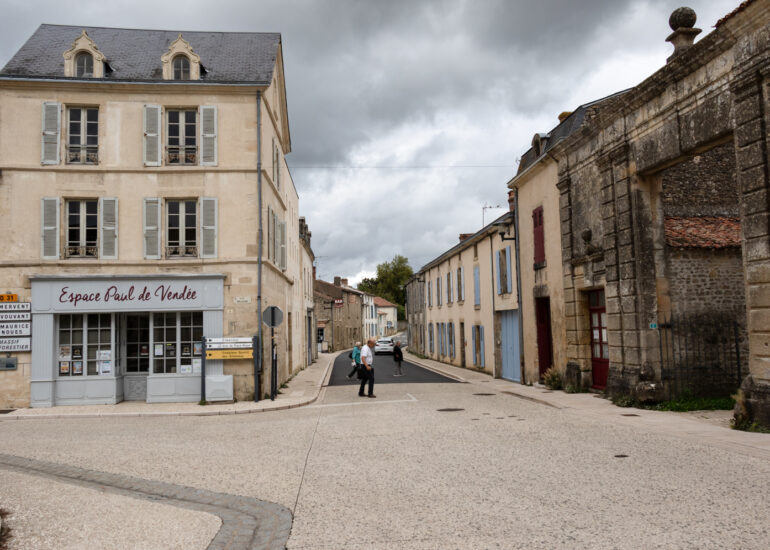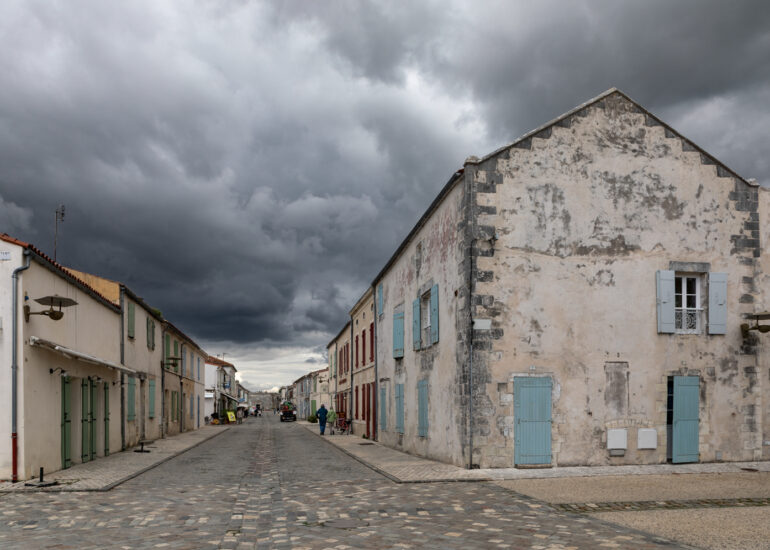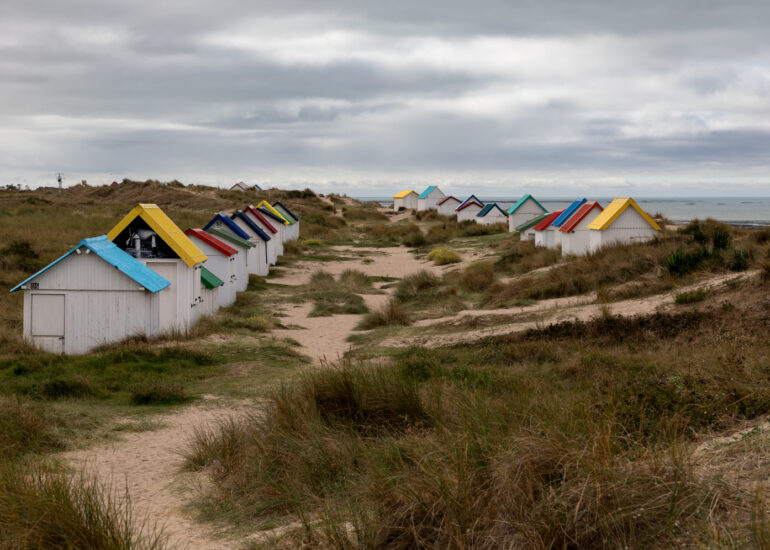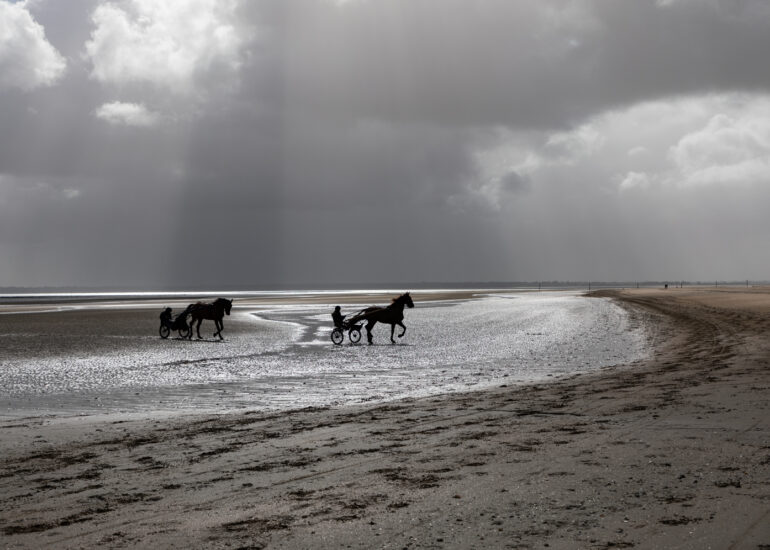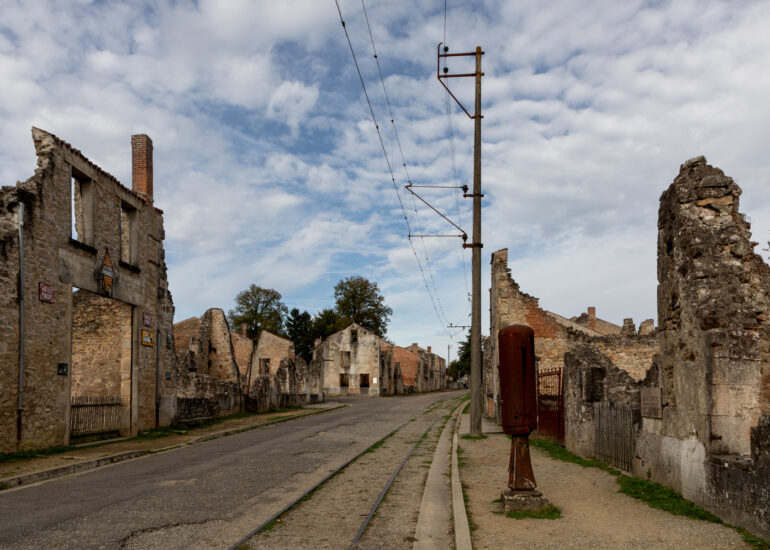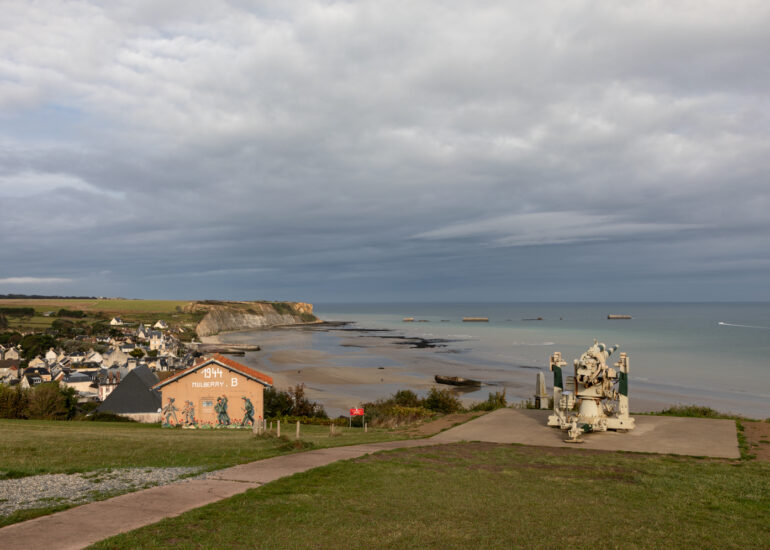France
Country Series
France
An introduction to our photo series of France and other articles related to France.
Our relationship with France
Our introduction to France began in primary school and continued during secondary education, where history lessons paid considerable attention to France’s role in the First and Second World Wars, as well as the era of the French Revolution and Napoleon Bonaparte. In elementary school, French was introduced as a foreign language.
France became ever more familiar and beloved in the Netherlands, partly thanks to the annual Tour de France on television. Perhaps also thanks to Brigitte Bardot and Louis de Funès. As foreign holidays became accessible to more people, France grew into one of the most popular destinations. This influence extended into Dutch culture: wine, baguettes, French cheeses, French music and films all gained popularity.
We first visited France in our early twenties, travelling with friends to the Auvergne on holiday. In an Austin Mini and a Deux Chevaux, we explored the hilly landscape. Later journeys took us to Brittany, Normandy and, of course, Paris. For my work, I regularly visited Lyon and, occasionally, Marseille.
Nowadays, we often travel through France by campervan. On our way to Southern Europe, we discovered beautiful areas and villages. In September 2025 we made a campertrip along the Atlantic coast, but we also visited Cahors and some villages more inland. In our Blog (see menu) you will find travel reports of our visits to France.
Map of France with Regions
Our photo galleries
Here below we have links to our French photo galleries, that we have published on SmugMug. By clicking on the name you will be directed to the pertinent gallery on SmugMug. As a teaser you will find here below some photos of our French series.
The impact of both World Wars on France
First World War (1914-1918)
- Human loss: France lost approximately 1.4 million soldiers. were wounded or went missing. In addition millions of French citizens were wounded or went missing in the conflict.
- Material damage: Large parts of Northern and Eastern France were destroyed, including cities, farmland, and infrastructure.
- Economic consequences: The French economy was heavily damaged by the war effort and the necessary reconstruction.
- Social impact: The war decimated a generation of young people and led to lasting social changes and trauma.
Second World War (1939-1945)
- Occupation and collaboration: After the German invasion in 1940, a large part of France was occupied. The country was divided into an occupied zone and the collaborating Vichy regime.
- Resistance and liberation: Many French people joined the resistance or supported the Free French forces of Charles de Gaulle. France was liberated by the Allies in 1944.
- Human toll: Hundreds of thousands of French citizens died due to the occupation, as well as fighting, bombings, and the persecution of Jewish and other communities.
- Political consequences: The war led to the end of the Vichy regime, the foundation of the Fourth Republic, and strengthened European cooperation as a response to the great conflicts.
Places that we visited
In October 2022 we visited the village of Oradur-sur-Glane, a village in the Limousine, which was destroyed on June 10, 1944. Please read more about our visit in this post (please click). In 2024 we visited the Douaumont Ossuary, a monument that houses the remains of 130,000 unidentified French and German soldiers. All were killed during the Battle of Verdun during the First World War. Please see this post (please click) to read more about our visit.
During our latest trip in France we visited the Allied landing beaches in Normandy and visited both the American as the German militairy cemetery. Please see this post (please click) to read more about our visit.

